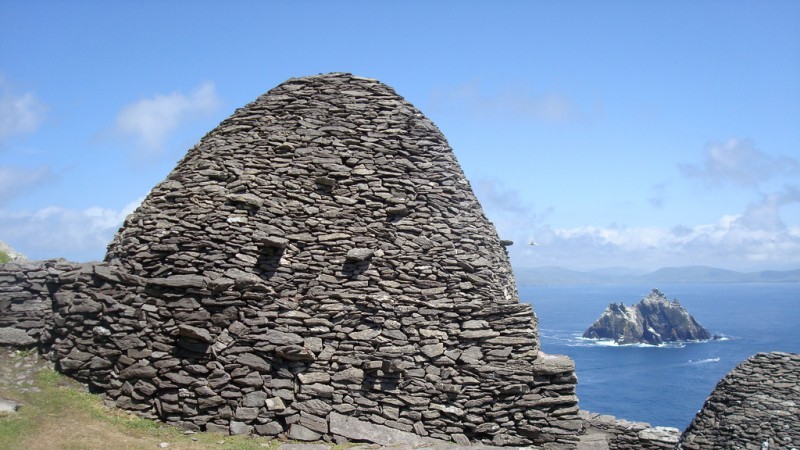The main focus of climate change is on its potentially devastating impact on humans, on flora and fauna and on the Earth’s water systems and crops. But what about its effect on the built environment and historic monuments?
Is the fabric of ancient Greek temples or the Egyptian pyramids in danger from increases in temperatures or sudden rain deluges? Will world heritage sites such as Machu Picchu, Angkor Wat or the Great Wall of China survive in a rapidly warming world?
Researchers from the University of Lincoln in the UK and the Dublin Institute of Technology in Ireland have come up with a simple, inexpensive and easily-maintained tool that they hope will show clearly just how historic monuments will react to changes in climate.
Five 50mm stone cubes are attached to a stainless steel bedding plate. Each cube is different: Portland limestone, and Peakmoor sandstone, both from the UK, and two consisting of manufactured substances − one poured concrete, the other brick.
Climate records
The fifth stone cube is site-specific, consisting of the same stone as that of the monument where the row of stones and its bedding plate – called the Legacy Tool Indicator (LegIT) – is located.
Over various periods, the stones will be taken off their mounts and analysed and measured. This will be carried out in tandem with an examination of climate records from each site where the LegIT tool is placed.
“The LegIT will illustrate actual weathering as it occurs on heritage sites,” says Cathy Daly, lecturer in conservation at the University of Lincoln and the author of the report on the stone monitoring device.
“The hope is that it will indeed be a legacy − a resource for conservators and heritage managers of the future”
“Relating this data to long-term climate records will enable an understanding of the influence of climate change on deterioration processes.”
The aim is to continue this monitoring process for an extended period – up to 100 years – passing on data from one generation of researchers to the next.
Researchers say that such a project is cheap to run – an important factor for often cash-strapped heritage sites, so that funds do not have to be spent on investing in and maintaining computerised equipment.
Analysis will be made of how any build-up of salt in the atmosphere affects the stones, how chemicals eat away at surfaces, and how microbiological activity such as the growth of fungi, algae and lichens – influenced by changes in climate – can damage the composition of buildings.
Daly says these are all factors causing concern at heritage sites in western Europe as the climate changes.
The LegIT has already been installed at five national monuments in Ireland. The megalithic World Heritage site of Brú na Bóinne in County Meath and the monastery of Clonmacnoise in County Offaly are both rural, while the archaeological site of the Rock of Cashel in County Tipperary is semi-urban, and Dublin Castle is urban.
Teething problems
The second World Heritage site chosen is Skellig Michael, a rocky outcrop off the southwest coast of Ireland that in ancient times was the site of a monastic settlement, but has been uninhabited since the late 12th century.
The first stones were put in place in 2011, and the project has had some teething problems. One of the cubes was stolen, and some stones started to crack. But the researchers remain optimistic.
“By the end of 2016, one full set of exposure measurements will be completed and it will be possible to make some early assessments on the success of this pilot study,” Daly says.
“The hope is that the LegIT will indeed be a legacy − a resource for conservators and heritage managers of the future wishing to understand in real terms how climate change is affecting the sites and monuments in their care.”
This article was produced by Climate News Network
